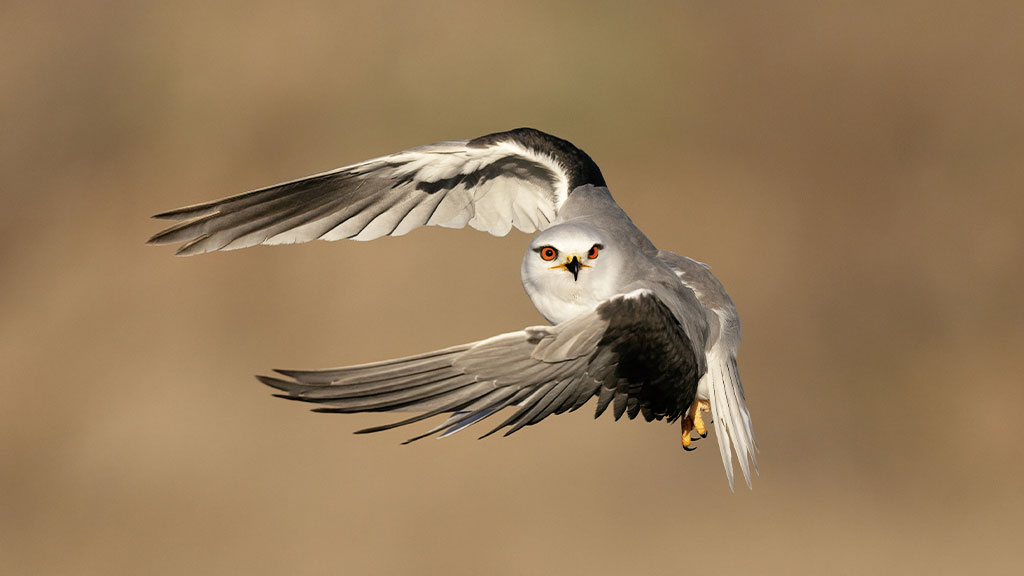Migrations series: how birds use wetlands as migration service-stations
Migration is one of the biggest events in a bird’s life, and many rely on wetlands to get them home. From well-known wildlife destinations to more modest, muddy wetlands, here are just some of the world’s most important migration stopover sites.
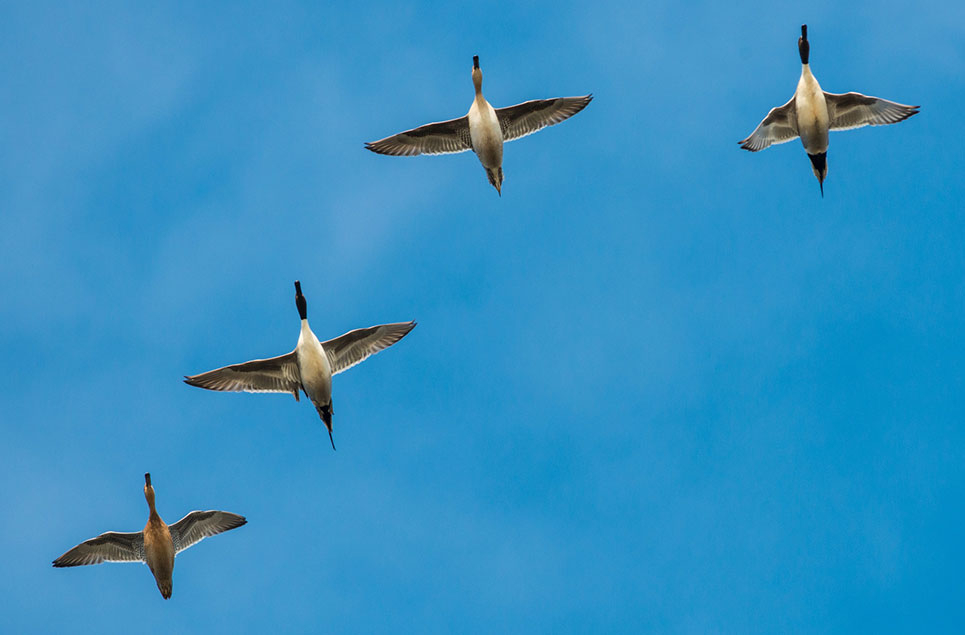
Migration is one of the biggest events in a bird’s life. The journeys they undertake twice a year between their winter and summer homes is challenging and dangerous. Across their flyway, migrating birds rely on a chain of staging sites where they can feed, rest and wait out any challenging weather before continuing on their journey.
Most birds migrate in stages rather than in one go, so finding the right habitats along the way can mean the difference between life and death.
Wetlands are the favoured staging sites of many migratory birds. They are seasonally or permanently inundated with water. They host a variety of aquatic plants and animals and create buffer zones that reduce the impacts of storm, providing food and shelter for these tired birds.
Stopover sites often differ between spring and autumn depending on available food and changes in weather. The length of time a bird rests for varies from a few days to a few weeks depending on the species, availability of food, the speed the bird can put on fat and the weather.
Migration routes are thousands of years old and birds have been flying the same routes for many generations. Some young birds like geese and swans learn from their parents the best places to stop, refuel and rest along the way. Some wading birds like dunlin and curlew don’t get taught the migration routes – yet somehow it’s hardwired into them.
Some stopping sites are well-known wildlife destinations, others more modest, their muddy appearance hiding just how crucial they are for these weary world travellers. Here are just a few of the world’s most important migration stopover sites.
The Camargue
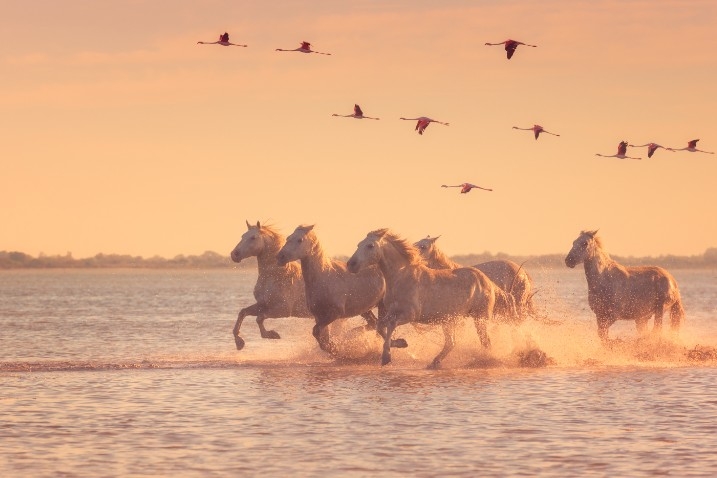
The Camargue is the largest wetland in France. Two thirds of all birds found in Europe can be seen in the Camargue. It is perfectly placed as a migration stopover site being on the crossroads of Africa, Europe and the Mediterranean. Thousands of migrating birds come to feast and rest on its rich habitat throughout the year. It is also home to the only Greater flamingo nesting site in France.
Doñana
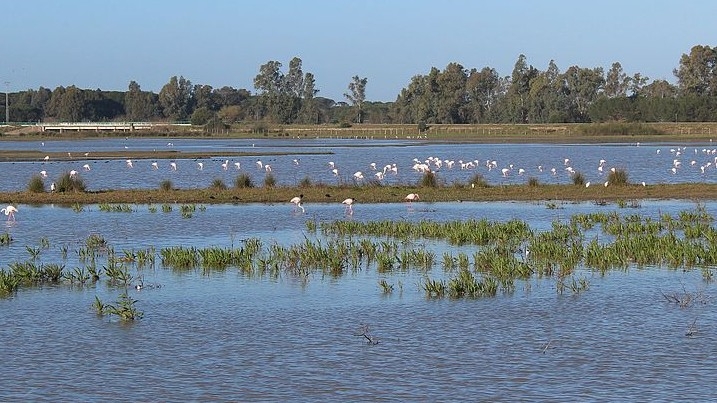
Doñana National Park is a natural reserve in Andalusia, southern Spain. It is one of Europe's most important wetland reserves and a major site for migrating birds, not least the red-listed black-tailed godwit. Six million birds visit every year relying on the vast wetland to survive their epic journeys across Europe. Of the millions of birds that stopover in Doñana's wetland, many also fly to UK shores - including swallows, reed warblers and lesser black-backed gulls. It has one of the world's largest colonies of Spanish imperial eagles. In spring its lagoons become a feeding habitat for about 10,000 greater flamingos.
Wadden sea
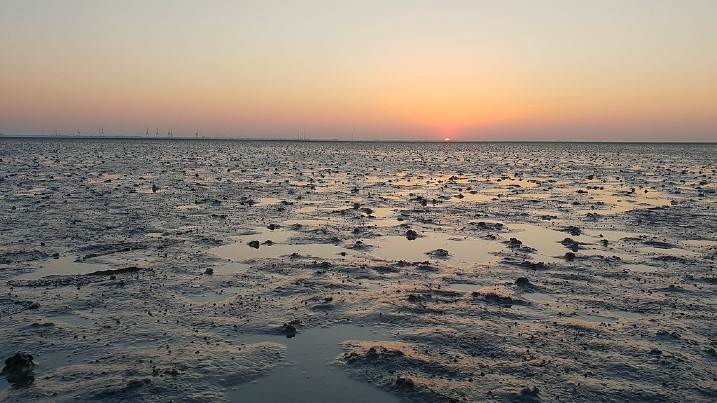
The Wadden Sea is the largest tidal mudflats system in the world. It extends along the coasts of Denmark, Germany and the Netherlands. The wetlands are a unique and rich ecological habitat, home to diverse flora and fauna, with plenty of delicacies living in the mudflats for hungry migratory birds. Up to 12 million geese, waders, ducks and other migrating birds touch down here during migration each year. Almost the entire population of dark-bellied brent goose and the entire European and West-Russian population of dunlin can be found here during migration. The Wadden Sea is also incredibly important for British Shelduck, with almost the entire population migrating to the Wadden Sea to undertake their annual moult each year.
Gulf of Riga
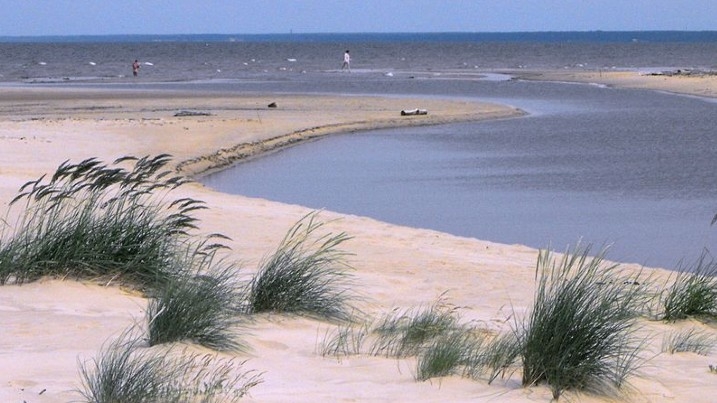
This sheltered bay in the Baltic Sea is nestled between Latvia and Estonia and is an important stop off point for birds like the Bewick’s swan migrating from Arctic Russia. The Baltic is the largest brackish water system in the world. Its only connection to more open seas are the shallow sounds between Sweden and Denmark. In many ways it is similar to an inland lake or an estuary. It is unique in that there are areas where freshwater, brackish water and marine species are all present. This makes it a unique and globally important staging spot for migratory birds.
Onega Bay
Onega Bay is in the Republic of Karelia and Arkhangelsk Oblast in North-western Russia, west of the city of Arkhangelsk. It is the southernmost of four large bays and gulfs of the White Sea. In winter the Onega Bay is covered with seasonal sea ice but areas of flowing water form in the area which is important for wintering sea birds, making this a popular staging post.
Lough Neagh
According to legend, Lough Neagh was formed after the warrior giant, Finn MacCool, scooped up a mound of earth to throw at his Scottish rival. It is the largest freshwater lake in the UK and Ireland and its wildlife-rich wetlands are considered internationally important for birds. They support large numbers of wildfowl including whooper swans, tufted duck, scaup and goldeneye. The lake is very shallow for its size. Six major rivers flow into the Lough while the Lower Bann River provides the exit, carrying water from the north end of the Lough at Toome to the sea on the north coast of Northern Ireland. The rivers flowing into Lough Neagh drain almost half of Northern Ireland. It was designated as a Ramsar site in 1976 because of large numbers of wintering waterbirds.
Strangford lough, where WWT Castle Espie sits, is also an internationally important site for its eelgrass beds that feed hordes of brent geese.
Inner Niger delta
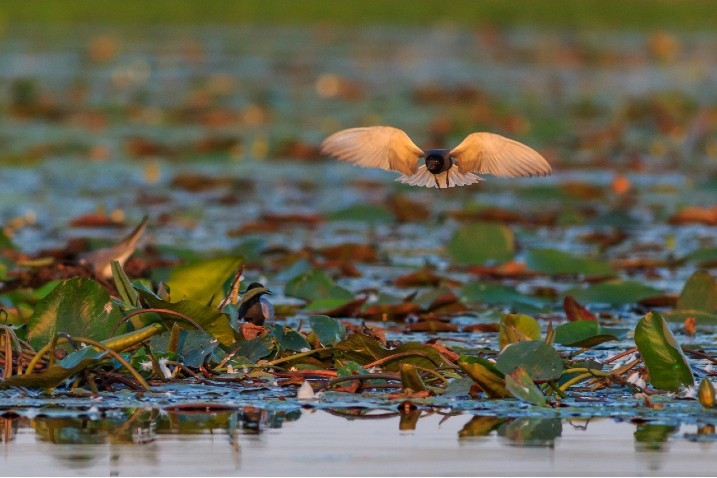
The Inner Niger Delta is the inland delta of the Niger River and is hugely important to wetland-dependent birds. It is an area of fluvial wetlands, lakes and floodplains in central Mali, just south of the Sahara desert. Fed by water from the Niger River, West Africa’s longest river, the Delta is one of the largest seasonal floodplain wetlands in the world, harbouring an estimated three to four million waterbirds. These wetlands depend on the annual wet season to flood an area the size of Belgium. The flooded forests provide habitats for some of the last large breeding colonies of cormorants, ibises, herons, and egrets in West Africa.
The Wash
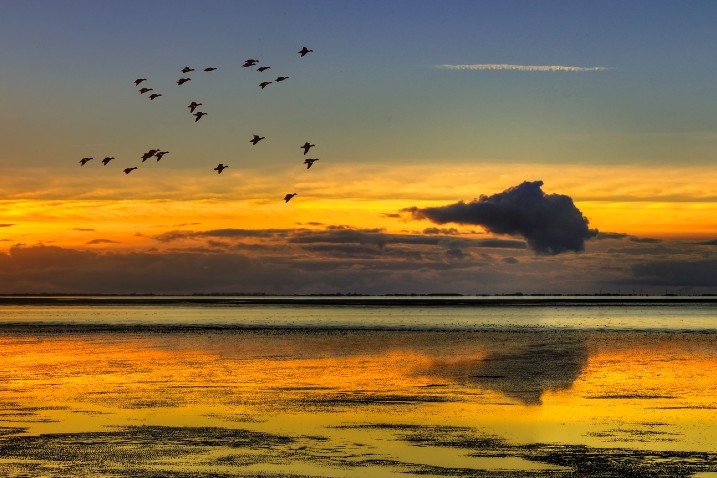
The Wash is the biggest bay in England running from just south of Skegness to Hunstanton. It is one of the most outstanding and important coastal wetlands in Europe with its bleak, yet beautiful landscape of saltmarshes, mudflats and open water. The intertidal mudflats and saltmarshes are one of Britain's most important winter feeding areas for waders and wildfowl. Large numbers of migrant birds such as grey plovers, dunlins, oystercatchers and godwits arrive in the autumn to feed on the rich supplies of foods found in the sands and mudflats. The best time to see large flocks of waders is on a rising tide between September and early May.
South of The Wash lies WWT Welney, an important inland breeding site for migratory birds in the fenlands.
Banc D’arguin
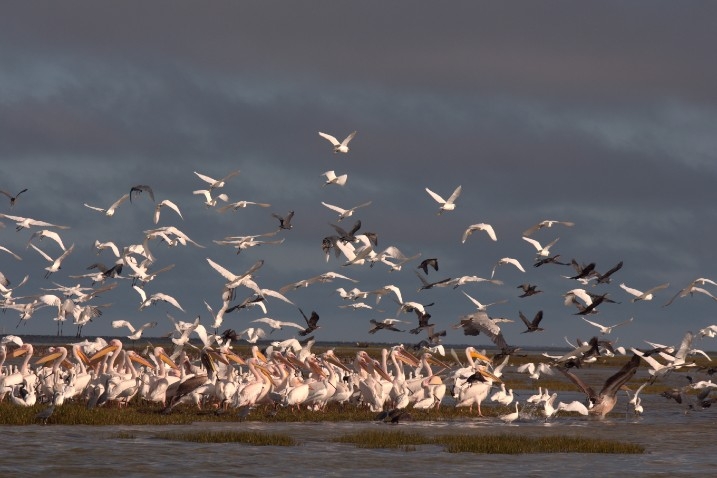
The Banc d'Arguin National Park is in Western Africa. The World Heritage Site is a major breeding site for migratory birds, including flamingos, pelicans and terns. Much of the breeding is on sandbanks including the islands of Tidra, Niroumi, Nair, Kijji and Arguim. The surrounding waters are some of the richest fishing waters in western Africa and serve as nesting grounds for the entire western region.
Threats to staging points
Staging sites are critical for the survival of migratory birds and the fact that we’re losing these valuable habitats poses a real threat to many species. Over the last 100 years, the countryside in northwest Europe has changed unrecognisably, driven by the intensification of agriculture, development and the effects of climate change. To keep up with this demand wetlands have been drained, ploughed, built on and turned into tourist attractions. This habitat destruction is devastating to our migrating birds who might use several different sites on their long journeys.
Read more from Waterlife Online
Experience the wonder
WWT’s reserves are positioned on some of the most important sites for migratory birds in the UK.
Visit a site